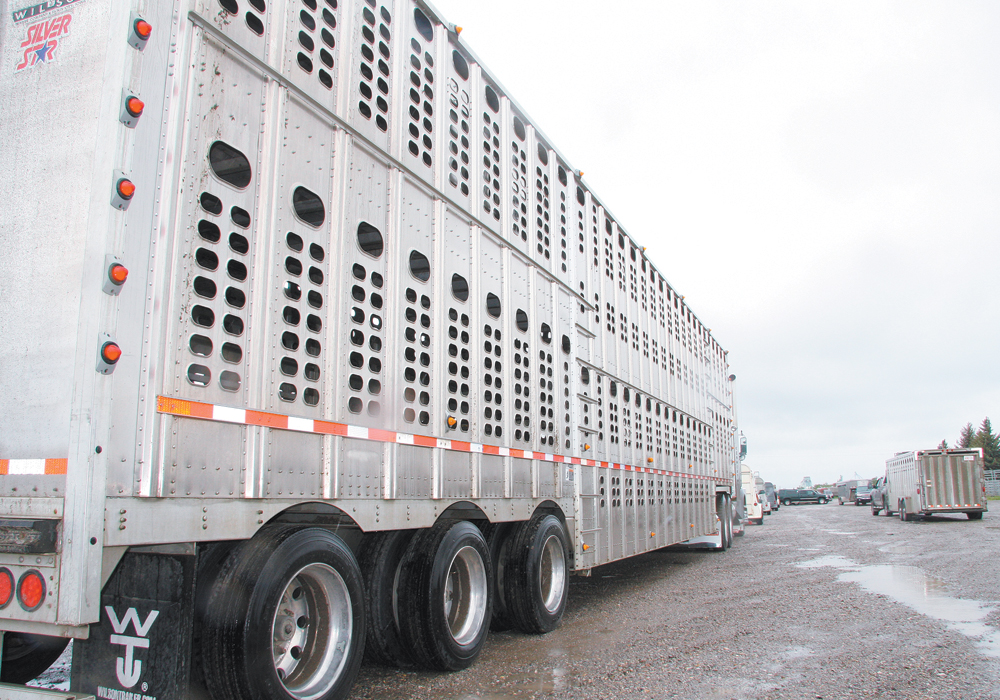Working groups for the beef and dairy and veal sectors will provide the CFIA with guidance, identify issues and find solutions
Amendments to livestock transportation regulations took effect Feb. 20 and the Canadian Food Inspection Agency has provided a “then vs. now” table designed to alert producers to some of the primary changes.
The updated regulations are the result of years of discussion and revision by the CFIA after consultations with producers, veterinarians, transporters, livestock groups and the public.
Concerns about the changes led the CFIA in December to implement a two-year transition period for the new rules, during which the emphasis will be on education rather than hard enforcement that would include fines and penalties for non-compliance.
Read Also

Lending policy still focused on primary producers: Farm Credit Canada
Farm Credit Canada said it has not changed its business practices and remains committed to supporting all producers, after a report from an Ottawa-based media outlet claimed otherwise.
“During the first two years, the CFIA will focus its enforcement efforts on compliance promotion through education and awareness measures, which are part of the CFIA’s continuum of enforcement actions,” the CFIA said in its announcement of the transition period.
The agency has established one working group for the beef sector and another for the dairy and veal sector to provide guidance, identify issues and find solutions.
New regulations focus on desired outcomes rather than dictating specifics. They note that “all persons involved in transport of animals share responsibility under the law, including those who:
- plan the transport
- prepare animals for the journey (including food and water withdrawal)
- assemble animals
- catch animals
- load animals
- confine animals in a crate or conveyance
- move animals from a point of origin to their destination
- unload animals from the conveyance or container at their final destination.

















